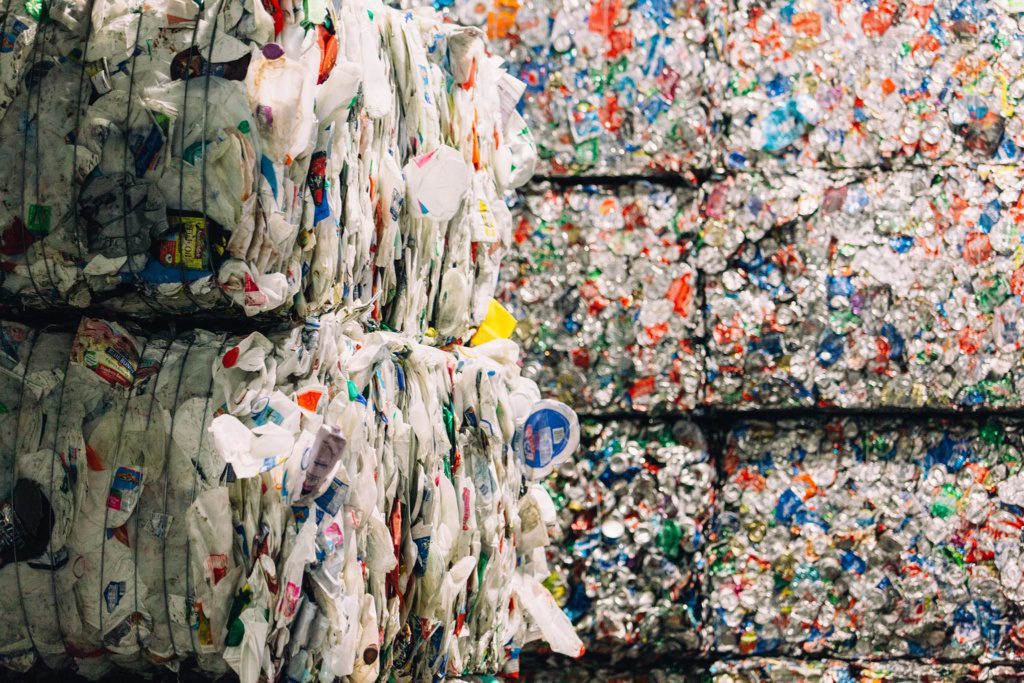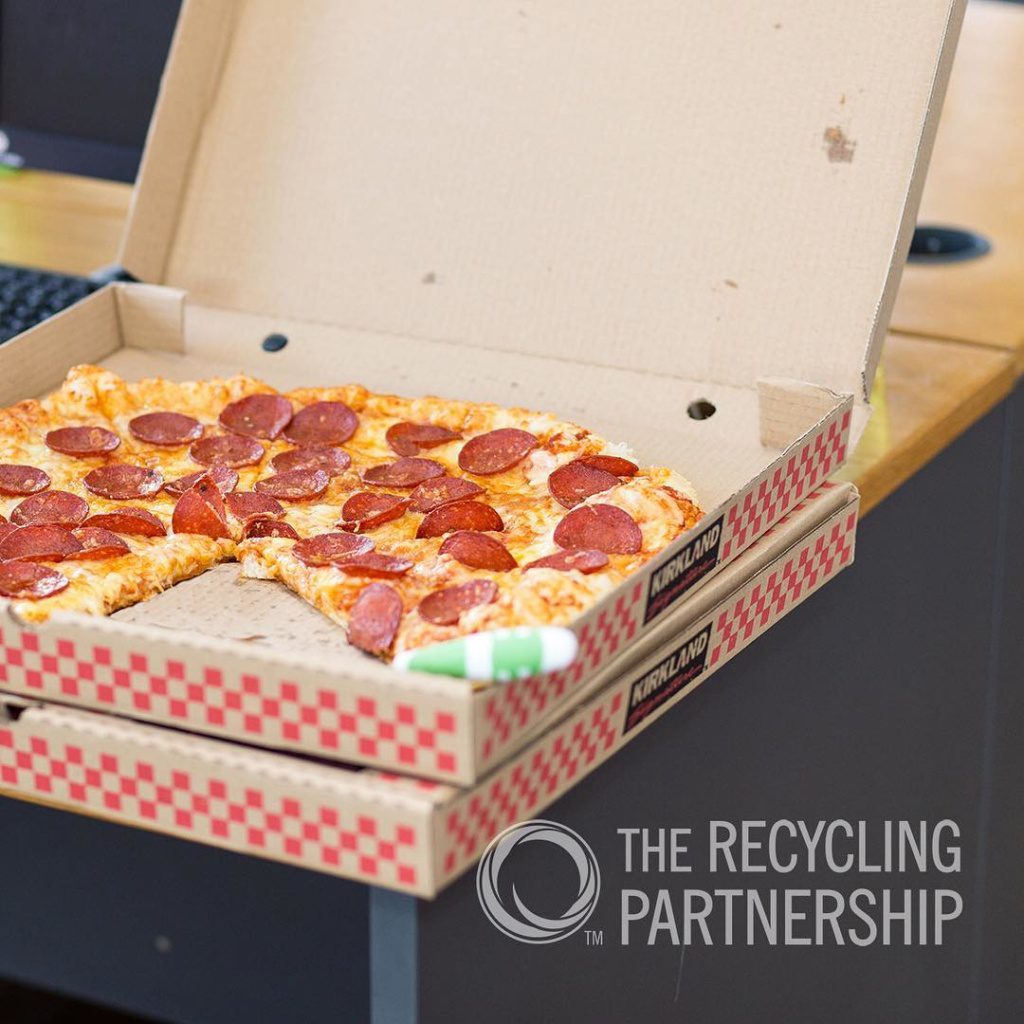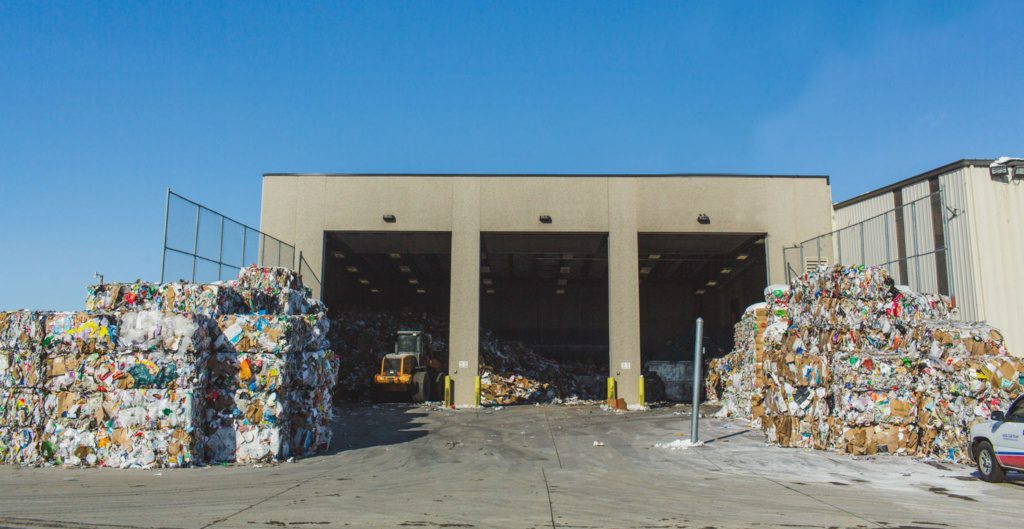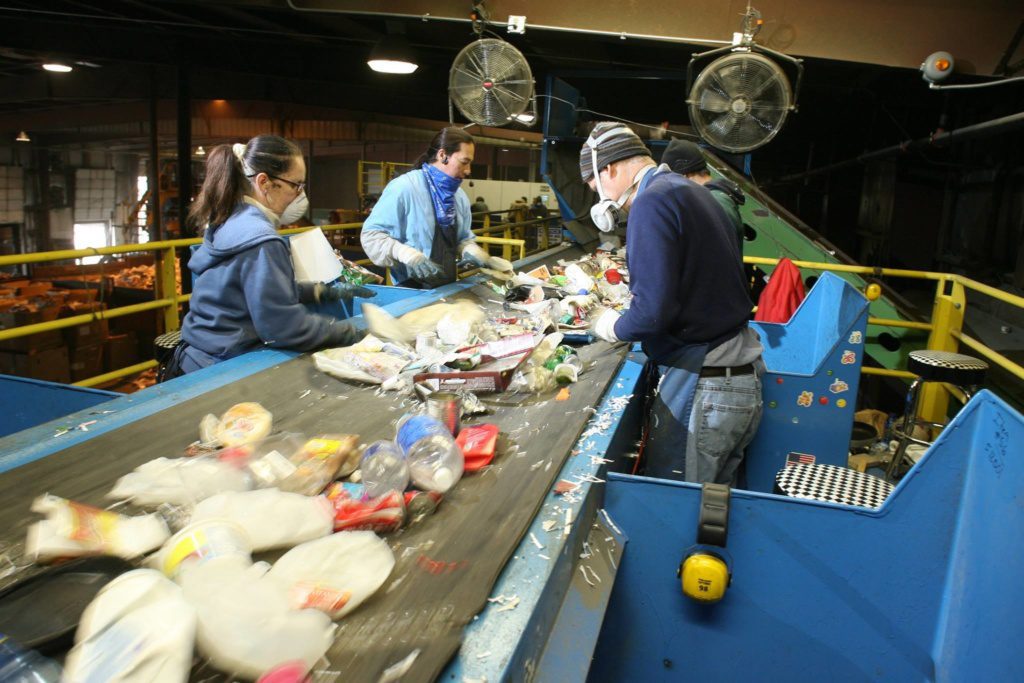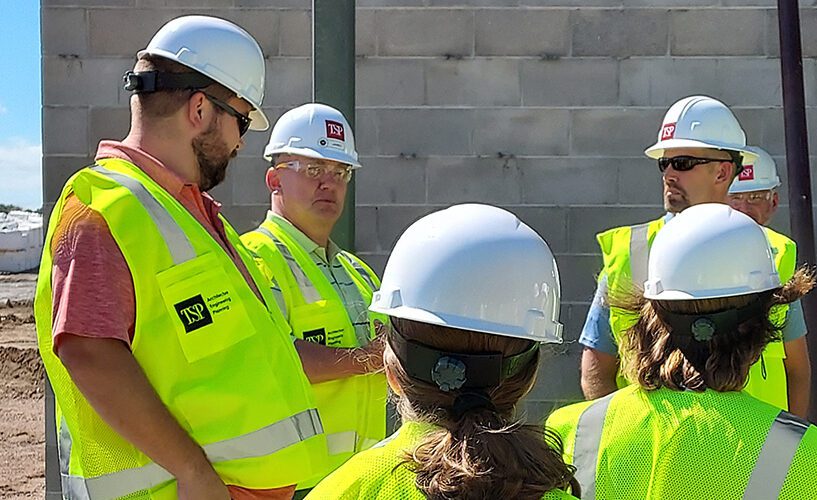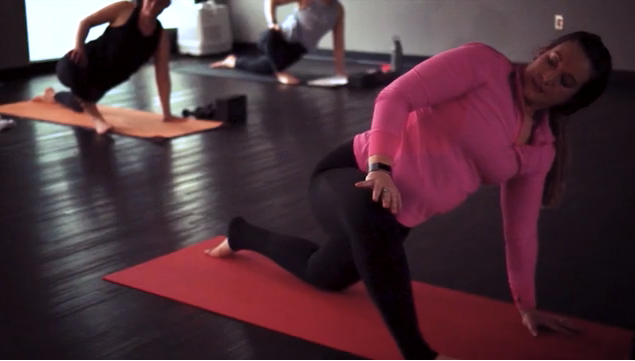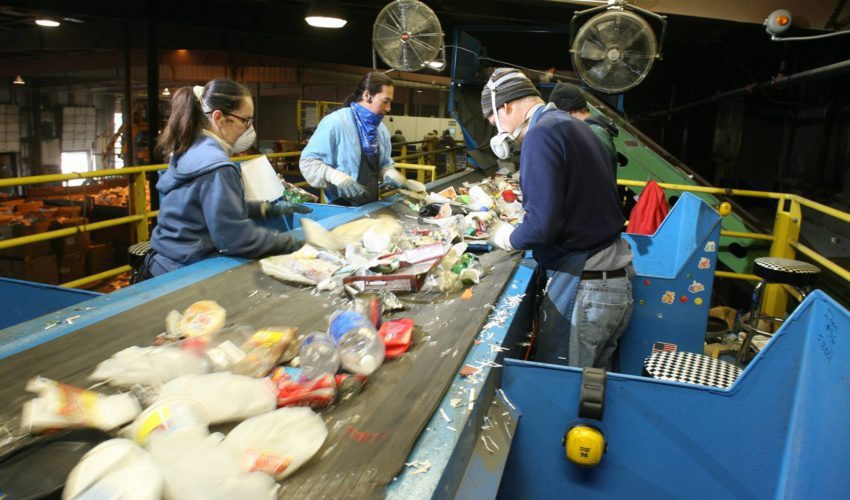As recycling changes, use this refresher to ensure you’re really being green
July 10, 2019
This paid piece is sponsored by Novak Sanitary Service.
You’ve probably heard that for most Sioux Falls-area residents, plastic bags are no longer recyclable.
But those are far from the only commonly used items that actually are better off as trash.
“Many people want to recycle well. They want to do the right thing. But many don’t really understand what can be taken and what can’t,” said Mike Herbst, general manager of Novak Sanitary Service.
“What we’d like to help our customers do is really get re-educated on the right way to do it.”
Later this summer, Novak and other haulers will join with the city of Sioux Falls and recyclers such as Millennium Recycling for a broader community education effort.
In the meantime, though, here’s a quick reference guide to ensure you’re helping the planet and not hurting your haulers and fellow recyclers.
Plastic do’s and don’ts
First, there are many reasons why plastic bags are no longer being recycled.
“They’re not a useful commodity,” Herbst said. “They break machinery, contaminate the recycling stream and become garbage anyway.”
The plastic-bag ban includes frozen-food bags, even though they’re often marked as recyclable.
“But no one wants them,” Herbst said. “And often, people collect their recyclables in plastic bags and then dump the whole thing in the recycling, which then contaminates the load.”
Of course, some plastic is still recyclable.
“If you’re not 100 percent sure what plastic can be recycled, the easiest thing to remember is bottles, tubs and jugs. Those will always be recycled.”
Common errors
Some regular recycling errors might sound a bit familiar in your household.
Pizza boxes, for instance. While cardboard is a great material to recycle, as soon as there’s grease or food remnants on a pizza box, the box is contaminated and can’t be recycled.
Yogurt containers also can be tricky. While the container, if it’s washed out and dried, can be recycled, the foil lid can’t be. Plastic lids, if they are clean and dry, can be placed back on the container and recycled.
Your paper coffee cup also can be recycled, but the lid with it can’t be.
Cereal boxes need special attention too. The box itself is recyclable, but the plastic bag inside isn’t.
What to recycle
There are plenty of materials that can be recycled if collected properly.
“Clean paper is a fantastic product,” Herbst said. “That’s a commodity all the mills want. Clean cardboard is fantastic too. Glass can be difficult, but we’re fortunate Millennium can still take it for now.”
Metal cans, if they’re emptied of liquid and food, are recyclable.
Shredded paper, if it’s bagged, also can be recycled.
Millennium, which recycles Novak customers’ items, put together a list of all recyclable items. To see it, click here.
Why it matters
One of the challenges for the industry is that customers perceive recycling as free, and it’s far from it.
“We all pay to process recyclable materials, and then we need end markets for them,” Herbst said. “Those markets have been increasingly hard to find, and as we struggle with contamination of recycling loads, our processing costs keep going up too.”
For instance, if a recycling load is too contaminated for Millennium to take and has to become trash, it goes back to Novak, which pays a higher fee. Herbst estimates clean recycling product is 31 percent less expensive than contaminated. If an entire load is rejected, the cost jumps to 300 percent or 400 percent more.
“Each person really affects it,” he said. “If one person puts a bowl of spaghetti in the recycling and it spreads through the load, the load is contaminated. If recyclers have to continue to pull contamination out of the recycling stream, their labor costs go up, their equipment gets damaged and those costs go up, and ultimately these costs come back to consumers.”
In some communities, it has been such a struggle to find a financially sustainable model that recycling has been put on hold until something can be figured out, Herbst added.
“But I think the future is going to be good, and the direction Sioux Falls is going with this is a good one,” he said. “It focuses on more recycling but more importantly better recycling and less contamination.”

